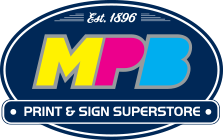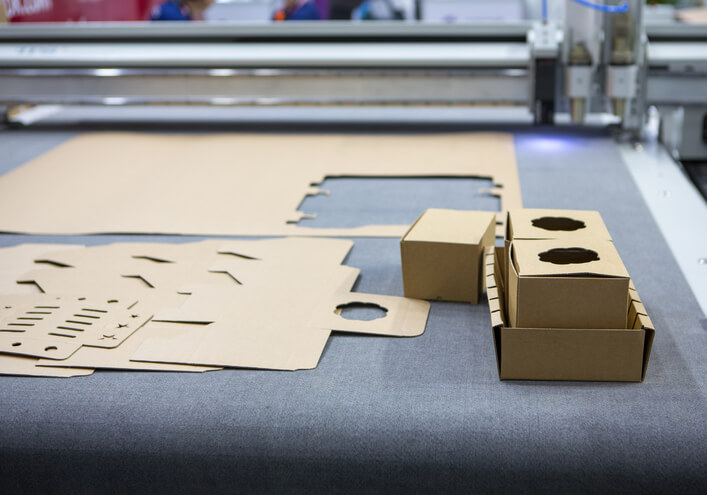When it comes to the success of your company and the products you sell, packaging matters! 72% of Americans say that packaging design influences their decision to purchase a product, and 67% agree that the materials used in the packaging affect their decision.
For this reason, it’s essential that your packaging incorporates unique elements to stand out to customers. In fact, “64% of consumers will share a product on social media if it has unique and creative packaging,” which can enhance brand recognition.
One process that can elevate your printed products is die-cutting. Read on to learn more about this option, which can help you create consistent, precise, creative, and unique designs!
Essentials of Die-Cutting for Unique Packaging
Whether you’re new to the concept or looking to enhance your understanding, this guide will cover three essentials of die-cutting.
1. What is Die-Cutting?
Die-cutting is a process commonly used in printing and packaging products across various industries.
At its simplest, die-cutting refers to using a die (a sharp-edged object resembling a cookie cutter in a specific shape) to cut out different designs on a raw material. Due to its precision and accuracy, this method is popular for creating product packaging.
You can set a die-cut machine to cut specific dimensions each time, quickly producing a large quantity. This precision and efficiency make it an excellent choice for producing commercial materials, such as labels or packaging, that look consistent and neat.
2. Types of Die-Cut Processes
There are multiple methods of die-cutting, each providing different outcomes depending on your project’s needs. Some common types are:
- Blanking: Slices material from the outside edge to create flat, uniform pieces.
- Forming: Uses a curved surface to wrap your design around cylindrical parts of a package.
- Drawing: Feeds the material through the machine to be cut at a specific length, ideal for thin or long products.
- Broaching: Uses multiple rows of “teeth” to cut through thicker materials that traditional steel dies cannot.
- Coining: Punches tiny holes in the material by applying pressure and force.
In addition to these common types, there are also two primary die-cutting services:
- Flatbed/Steel Rule Die-Cutting: This method uses custom-made dies to create shapes on a flatbed-style press. It is best for thicker materials or smaller production volumes.
- Rotary Die-Cutting: This method uses cylindrical dies, ideal for producing larger quantities of products with flexible materials and ensuring high accuracy.
3. Tips for Creating Die-Cut Labels or Packages
Incorporating die-cutting into your packaging or labels is a great practice with many options and benefits. Here are a few tips to keep in mind when creating your designs:
- Include a bleed area that extends your artwork by at least 1/16″ past the label’s boundaries to prevent unintentional white spaces.
- Add an outline overlay mimicking the cut shape to your digital design file to ensure the edges of your design aren’t cut off or obscured after printing.
- Avoid acute angles or sharp corners in your design, as these can tear when the matrix is removed after die-cutting.
- Get creative! Experiment with new shapes and visuals to keep your packaging and labels visually appealing to customers.
Contactus today for assistance creating high-quality die-cut printed products or for any of your other printing needs!




